Retro Replay Review
Gameplay
Fire Emblem: Shadow Dragon & the Blade of Light introduces players to a turn-based tactical system that remains compelling decades later. Each scenario tasks you with maneuvering a squad of unique units across a grid-based battlefield, leveraging terrain advantages and unit classes to outwit enemy formations. The core loop—move, attack, defend—feels deceptively simple at first but deepens quickly as you gain access to more advanced weapons and recruit additional characters.
(HEY YOU!! We hope you enjoy! We try not to run ads. So basically, this is a very expensive hobby running this site. Please consider joining us for updates, forums, and more. Network w/ us to make some cash or friends while retro gaming, and you can win some free retro games for posting. Okay, carry on 👍)
The interplay between offense and defense is heightened by the weapon triangle, which grants swords, axes, and lances strengths and weaknesses against one another. This rock-paper-scissors mechanic forces you to plan several turns ahead: committing a vulnerable unit could expose them to counterattacks or leave your frontline ragged. Permadeath ensures that each decision carries weight—once a unit’s HP reaches zero, they’re gone for good, transforming even minor skirmishes into high-stakes challenges.
Enemy AI on the island of Tamis proves more than a mere foil to your strategies. Pirate brigands and veteran soldiers coordinate their assaults, often attempting pincer movements or baiting isolated units. You’ll need to adapt your tactics on the fly, using healers to shore up wounded allies and archers to pick off targets from range. The balance of risk versus reward is finely tuned, rewarding careful planning and punishing overconfidence in equal measure.
Graphics
Although originally released on 8-bit hardware, Shadow Dragon & the Blade of Light boasts crisp, expressive pixel art that retains its charm on modern screens. Character sprites are small but distinctive, with color palettes that clearly differentiate friend from foe. During battle sequences, the game switches to larger portraits—blue-clad heroes on the right, red-armored enemies on the left—providing a dramatic focal point for each clash.
Battle animations are brief but impactful. Weapon swings, magic flashes, and critical hit effects all convey a satisfying sense of impact without overstaying their welcome. Maps are rendered with clear tiles and varied terrain types, from open plains to dense forests and mountain passes. Despite the limited resolution, you can easily identify chokepoints, defensible positions, and movement bottlenecks at a glance.
The user interface is minimalistic yet functional. Health bars, weapon icons, and stat readouts are laid out cleanly along the top and bottom of the screen, keeping your attention firmly on the battlefield. Sound effects—clashing steel, bow twangs, healing jingles—underscore each action with pleasing fidelity. Combined with an understated chiptune soundtrack, the audiovisual package honors its retro roots while remaining accessible to newcomers.
Story
At its heart, Fire Emblem: Shadow Dragon & the Blade of Light tells the saga of Prince Marth and his struggle to reclaim the kingdom of Archanea. When Dark Forces besiege Aritia, Marth and a handful of loyal soldiers flee to the neighboring island of Tamis in search of refuge. Their respite is short-lived: ruthless pirates launch raids on coastal villages, threatening the fragile safety they’ve found.
The narrative unfolds through map intros, dialogue windows, and occasional event cutscenes. While concise by modern standards, each segment advances Marth’s quest, introduces new allies, and reveals the larger conspiracy orchestrated by the sorcerer Gharnef. Character interactions are economical but effective—villagers, knights, and mages each contribute a line or two of personality, fleshing out the world without derailing the tactical focus.
The story’s pacing aligns neatly with the campaign structure, as every victory and loss carries narrative weight. Fallen allies become poignant reminders of the battle’s cost, and successful rescues deliver genuine relief. For players invested in the lore, the game sprinkles hints of forgotten kingdoms and ancient relics, laying the groundwork for the series’ expansive mythology.
Overall Experience
Fire Emblem: Shadow Dragon & the Blade of Light stands as both a historic landmark and a thoroughly entertaining strategy game. Its combination of permadeath tension, thoughtful map design, and streamlined mechanics creates an experience that’s easy to pick up yet difficult to master. Each playthrough feels personal, as you forge bonds with your units and mourn inevitable losses.
Though lacking some modern conveniences—no tutorial pop-ups, limited unit customization, and sparse in-game guidance—the game rewards patience and observation. Veteran strategy fans will appreciate the purity of its design, while newcomers can find a satisfying challenge in its well-balanced progression curve. The island of Tamis, with its pirate strongholds and varied battlegrounds, serves as an ideal proving ground for tactical experimentation.
Ultimately, Shadow Dragon & the Blade of Light offers a glimpse into the origins of one of gaming’s most enduring franchises. Its simplicity belies its depth, and its retro aesthetic conceals a finely tuned engine that still holds up today. For anyone curious about the roots of tactical RPGs or seeking a classic challenge, this title remains a must-play adventure.
 Retro Replay Retro Replay gaming reviews, news, emulation, geek stuff and more!
Retro Replay Retro Replay gaming reviews, news, emulation, geek stuff and more!
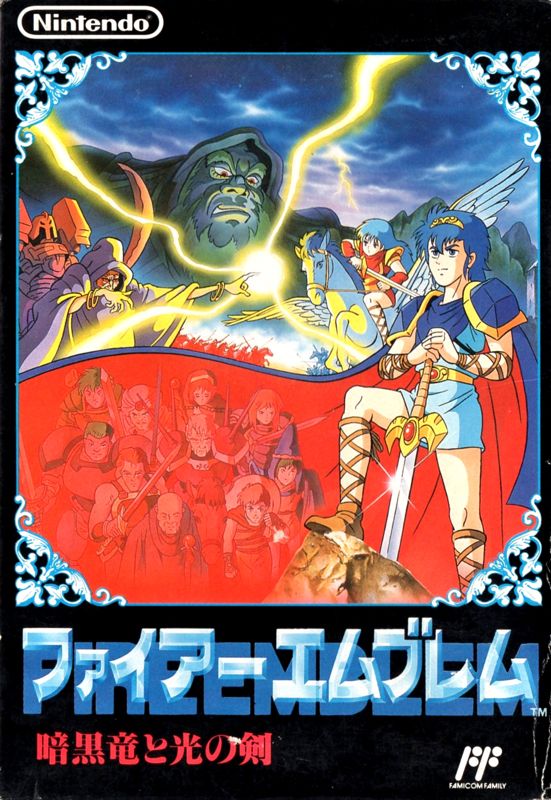
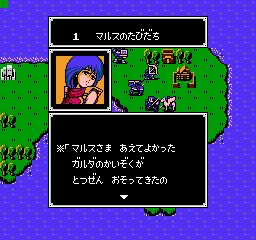
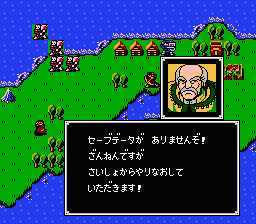
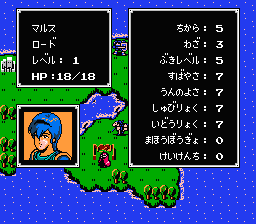
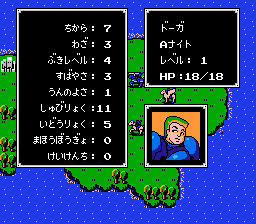
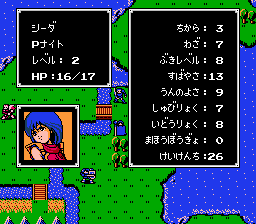



Reviews
There are no reviews yet.